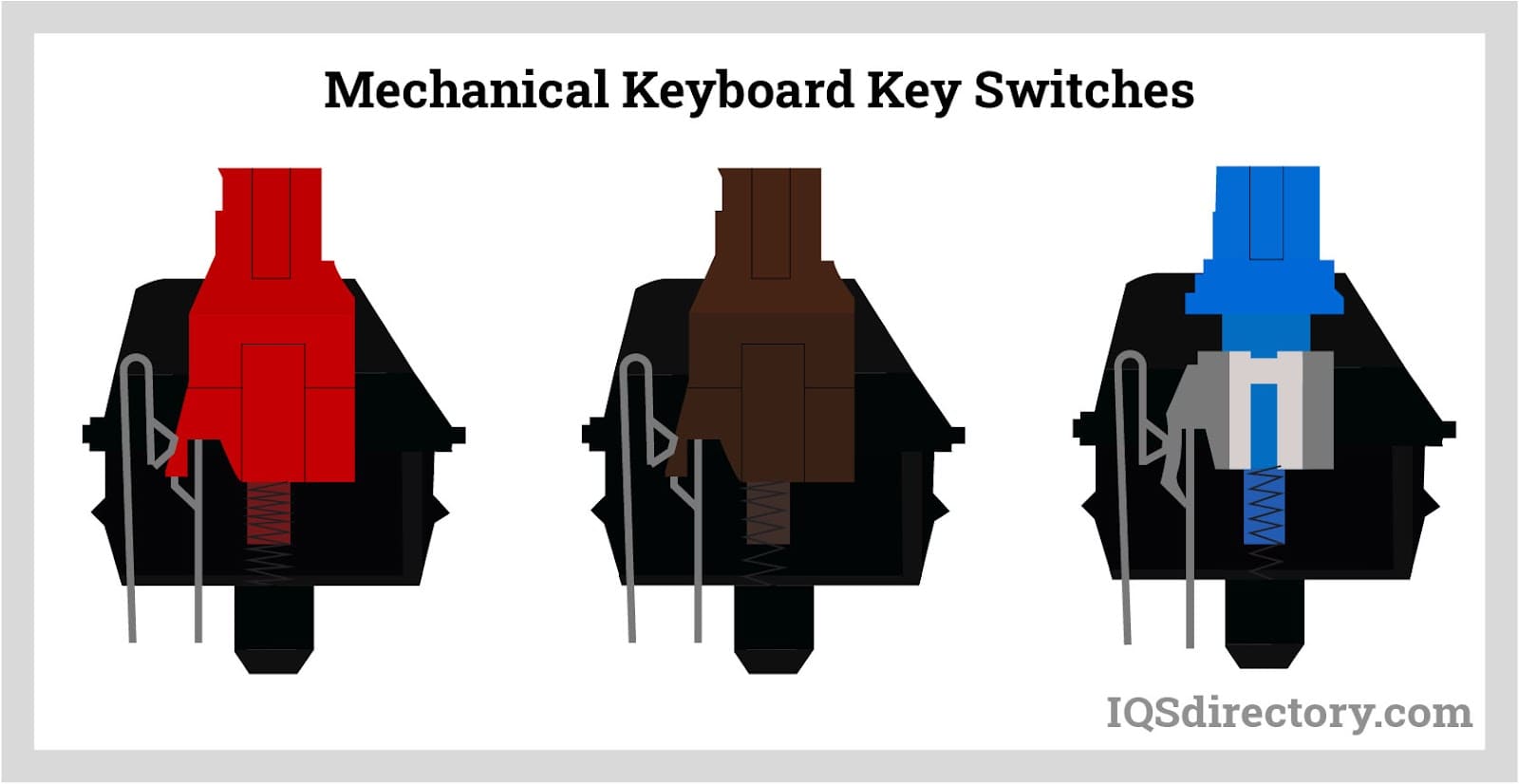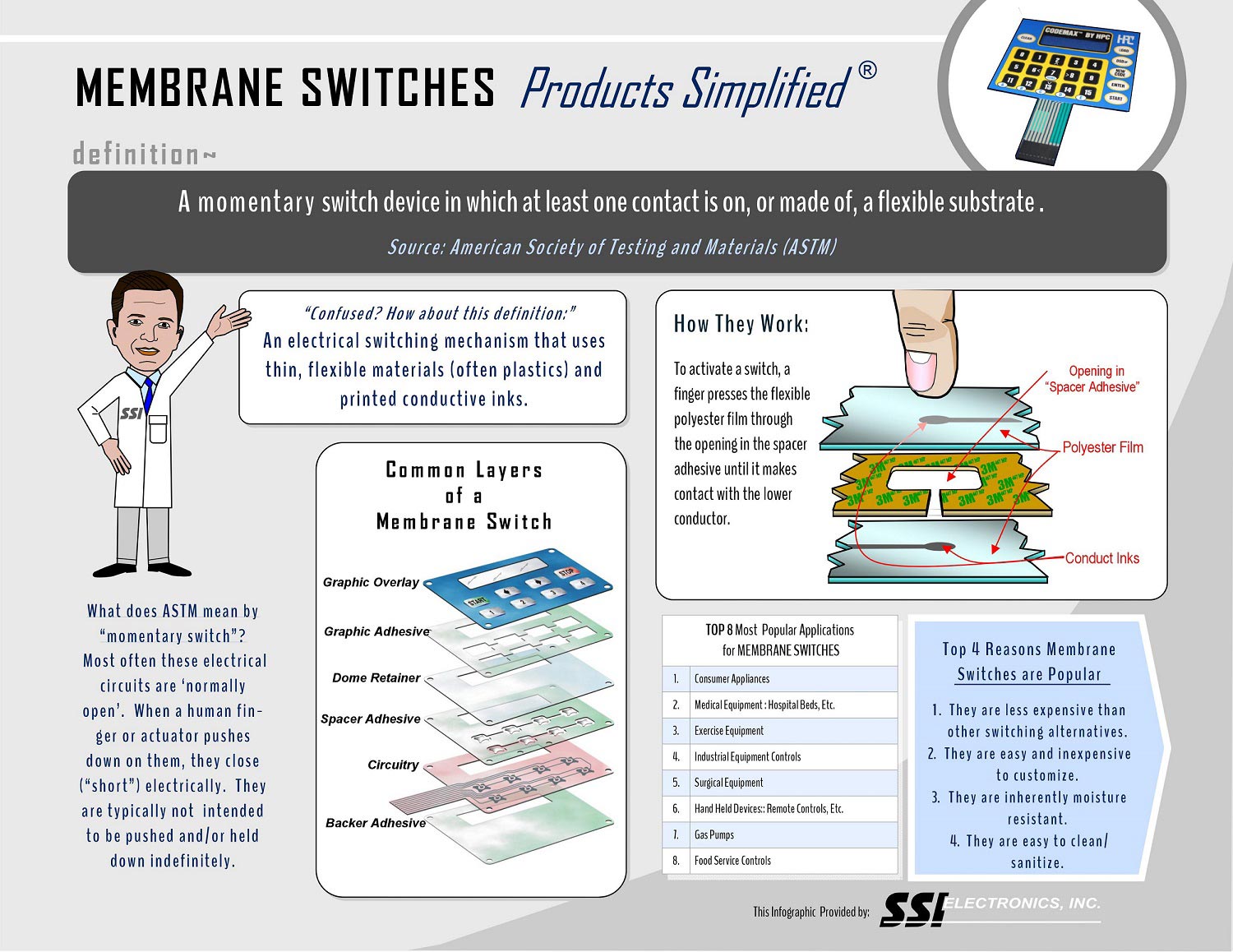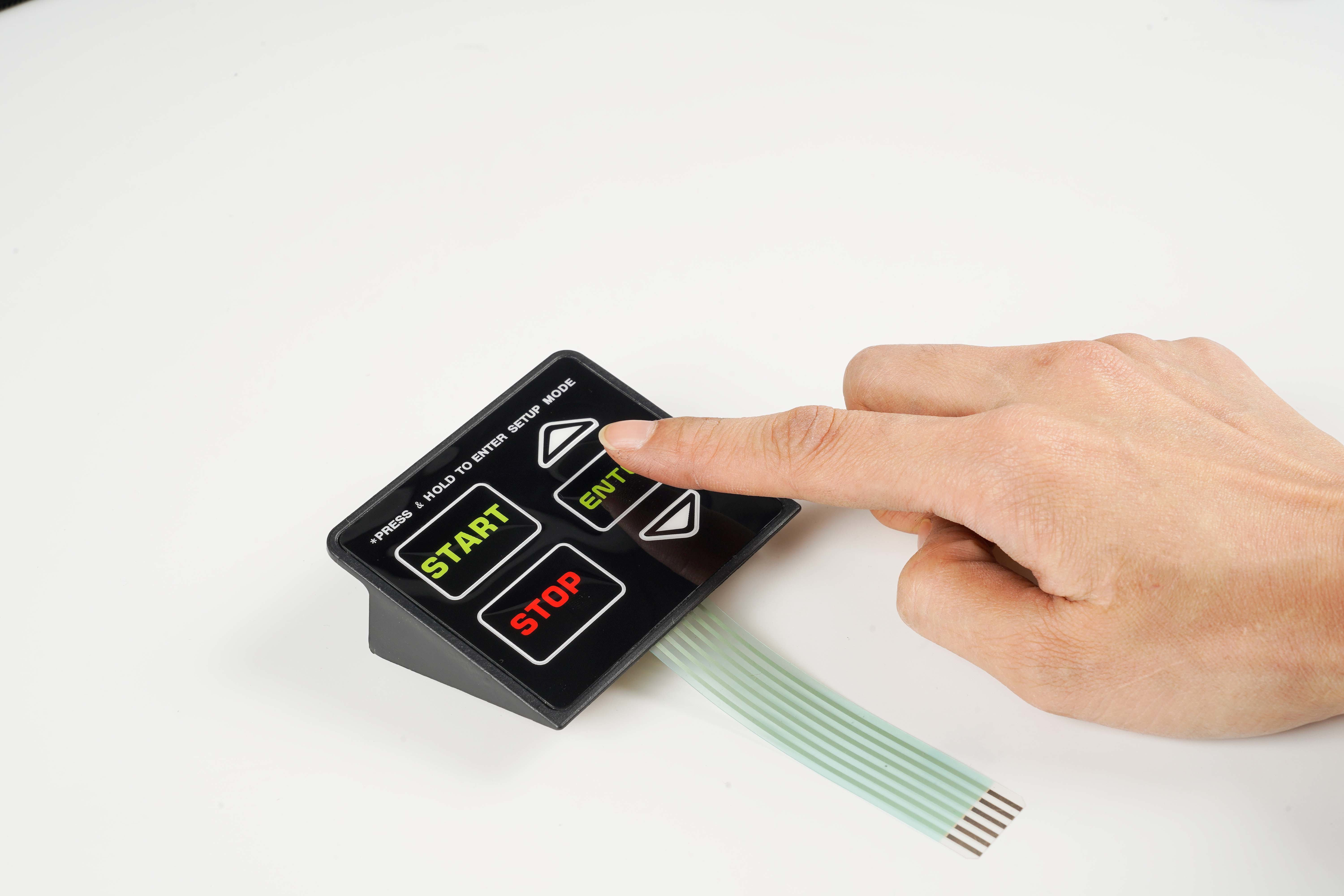The Production Process Behind Membrane Switch: What You Need to Know
The production procedure behind membrane layer switches over combines cautious layout, material choice, and quality assurance. It starts with understanding the details of membrane layer button layout and proceeds with different stages, including product choices and printing strategies. Each phase plays an essential function in making certain functionality and durability. The intricacies of layer building and the extensive testing criteria may reveal insights that are not right away obvious. What exists past these fundamental aspects?
Comprehending Membrane Layer Switch Over Layout
Although membrane buttons might show up straightforward at first glance, their design entails intricate considerations that assure capability and longevity. The style process starts with a complete understanding of user demands, including the user interface's desired application and environmental variables. Functional designs is a crucial element, as the layout should assist in ease of use while making sure that responsive responses fulfills user expectations.Moreover, the layering of parts, such as visuals overlays, sticky layers, and conductive traces, have to be exactly crafted. membrane switch. This layered setup not just influences the switch's responsiveness however also influences its longevity. Interest is provided to the securing methods used to protect versus dampness and dust, which could compromise performance. In addition, layout considerations encompass visual appeals, where color pattern and aesthetic quality improve customer experience. Eventually, the design of membrane changes equilibriums capability, customer experience, and sturdiness, guaranteeing that they meet the demands of various applications effectively
Materials Used in Membrane Switch Over Manufacturing
When choosing products for membrane switch production, it is crucial to ponder both efficiency and longevity. The main materials consist of polyester and polycarbonate films, which give adaptability and stamina. These films are frequently covered with adhesive to guarantee correct bonding to substrates. Conductive inks, typically composed of silver or carbon, are important for developing electrical connections within the button, enabling reliable operation.Additionally, a safety layer, such as a tough layer, is frequently related to boost scrape resistance and long life. The choice of backing product, such as acrylic or foam, can considerably affect the switch's responsive feeling and total customer experience. Various environmental factors, including temperature level and moisture, must direct material option to ensure peak performance in details applications. Inevitably, the best mix of materials adds to the membrane button's capability and life expectancy, making notified options crucial for producers.
The Printing Refine: Creating Graphics and Text
The printing procedure in membrane button production plays a significant duty in generating top quality graphics and text. Various visuals layout techniques are employed to assure aesthetic allure and capability, while cautious ink option techniques are important for longevity and efficiency. Recognizing these components is fundamental for achieving ideal cause membrane layer switch design.
Graphic Design Techniques
Graphic layout techniques play a vital role in the printing process of membrane layer buttons, as they define exactly how graphics and message will ultimately appear on the last product. Reliable graphic style entails the calculated use of designs, shades, and fonts to boost readability and aesthetic allure. Designers commonly use vector graphics for scalability, making certain that photos remain sharp at different dimensions. In addition, focus to contrast and placement is crucial, as it influences user communication and aesthetic quality. The unification of branding aspects, such as logos, must be handled with like keep brand name stability. Generally, thoughtful visuals design strategies add considerably to the functionality and beauty of membrane layer switches, influencing individual experience and item efficiency.
Ink Option Techniques
Picking the suitable ink is essential for attaining the wanted visual quality and toughness in membrane layer switch manufacturing. Different ink kinds are utilized, consisting of solvent-based, water-based, and UV-curable inks. Each kind offers distinctive features, such as flexibility, adhesion, and resistance to ecological factors. Solvent-based inks are typically favored for their durability and vibrant shades, while water-based inks are more ecologically pleasant but may have restrictions in attachment. UV-curable inks offer rapid healing and durable efficiency. Furthermore, shade matching methods ensure that the selected inks straighten with style requirements. Eventually, the option of ink need to think about aspects such as application technique, substratum compatibility, and end-use needs to attain premium lead to membrane layer switch graphics and message.
Layer Building and Assembly

Material Option Refine
A cautious choice of materials is important in the manufacturing procedure of membrane layer switches, as it straight influences functionality and resilience. The key products used consist of polyester, polycarbonate, and different conductive inks. Polyester is typically favored for its excellent resistance to chemicals and abrasion, making it ideal for severe environments. Polycarbonate, on the various other hand, offers premium clarity and influence resistance, which is useful for applications calling for exposure and effectiveness. Conductive inks, typically composed of silver or carbon, are important for developing dependable electrical paths. Additionally, the option of adhesive materials influences the total honesty of the button - membrane switch. Reviewing variables such as ecological exposure, responsive responses, and visual needs overviews suppliers in picking the best products for their certain applications
Layer Adhesion Methods
Adhering layers in membrane switch building is a crucial procedure that guarantees performance and long life. Different adhesion strategies are employed to secure optimal bonding in between layers, which usually include making use of adhesives, heat, and pressure. Pressure-sensitive adhesives (PSAs) are typically made use of for their simplicity of application and immediate bonding capabilities. Furthermore, thermal bonding strategies can be used, where warm is used to turn on sticky properties, protecting a solid bond. The option of adhesion approach largely depends upon the products involved and the certain application demands of the membrane switch. Proper positioning and consistent application of adhesives are vital to avoid defects, safeguarding the switch runs successfully throughout its intended life-span.
Quality Assurance Procedures
Guaranteeing top quality control throughout the layer building and assembly of membrane layer switches is necessary for preserving efficiency and integrity. This procedure basics commonly includes a number of vital measures, consisting of content comprehensive inspections at each stage of production. Makers utilize sophisticated screening techniques, such as peel tests and bond assessments, to confirm the integrity of layer bonds. In addition, visual examinations are carried out to recognize any flaws in printing or product disparities. Ecological problems, such as temperature level and moisture, are carefully kept an eye on to ensure ideal treating and adhesion. In addition, normal calibration of tools helps preserve accurate production criteria. By carrying out these quality assurance measures, manufacturers can considerably minimize the risk of product failure, ensuring that the final membrane switches over satisfy the needed specs and client expectations.
Evaluating and Top Quality Control Measures

Advancements in Membrane Switch Over Innovation
As developments in modern technology proceed to evolve, membrane layer switches are gaining from ingenious developments that boost their performance and customer experience. One significant development is the assimilation of capacitive touch innovation, which permits for more instinctive and responsive customer interfaces. This shift not just improves aesthetics however additionally minimizes mechanical wear and tear, prolonging the life-span of the switches.Additionally, developments in visuals overlay materials have actually led to enhanced durability and resistance to environmental variables such as moisture and UV light. These products currently provide improved clarity and brightness, additional boosting the visual appeal.Furthermore, the consolidation of clever technology is transforming membrane layer switches over into interactive control panels, making it possible for connection with IoT devices. This connectivity cultivates a smooth user experience, leading the way for applications in numerous sectors, from healthcare to consumer electronic devices. Jointly, these innovations position membrane changes as essential components in modern gadget style.
Regularly Asked Inquiries
How Long Does the Membrane Change Manufacturing Process Take?
The duration of the membrane layer button production procedure can differ substantially. Factors such as complexity, materials used, and production volume influence timelines, with typical production ranging from a few days to several weeks for completion.
What Are the Common Applications for Membrane Switches?
Membrane switches are commonly used in various industries, including vehicle controls, family devices, clinical gadgets, and consumer electronics (membrane switch). Their flexibility and resilience make them perfect for applications requiring user-friendly interfaces and reliable efficiency in varied atmospheres
Can Membrane Switches Over Be Custom-made for Certain Requirements?

What Is the Lifespan of a Regular Membrane Layer Switch?
The life-span of a normal membrane button varies, yet typically, it ranges from 1 to 5 million cycles. Aspects such as usage, atmosphere, and worldly quality substantially affect resilience and overall performance in time.

Are Membrane Switches Eco-friendly?
The ecological kindness of membrane switches varies. Some products utilized may not be recyclable, while others can be environment-friendly. The general impact depends on making methods and materials, requiring careful consideration throughout choice and disposal. The manufacturing procedure behind membrane switches combines mindful style, material option, and high quality control. It begins with recognizing the ins and outs of membrane button style and progresses via different stages, consisting of material selections and printing techniques. When picking materials for membrane button manufacturing, it is necessary to consider both efficiency and toughness. A careful option of materials is crucial in the manufacturing procedure of membrane buttons, as it directly affects functionality and toughness. The choice of bond method mainly depends on the materials included and the details application demands of the membrane layer switch.
Comments on “10 efficient ways to integrate membrane switch into factory systems”